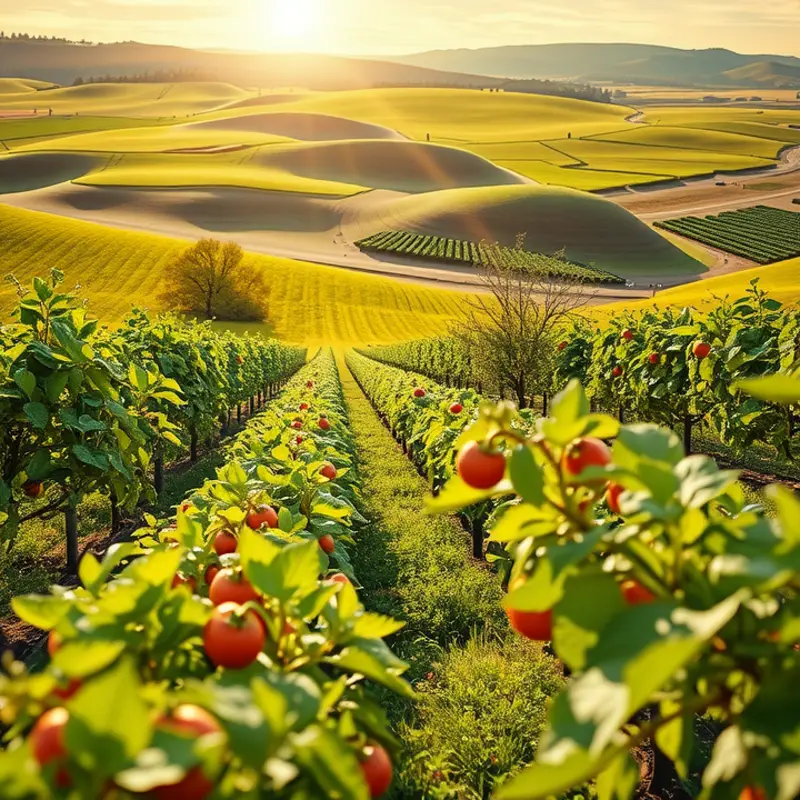Sticky textures can turn delightful recipes into frustrating experiences for home cooks. Whether it’s rice that clumps together, pasta that sticks, or dough that won’t cooperate, mastering texture is essential for impressive meal preparation. This guide provides straightforward strategies to help ensure your dishes not only taste great but also have the desired consistency. By empowering yourself with these practical cooking tips, you can elevate your kitchen skills and enjoy the art of cooking with confidence.
Choose the Right Ingredients and Tools

The secret to avoiding sticky culinary mishaps lies in carefully selecting the right ingredients and tools. Your choice of flour, type of rice, and cooking oils can dramatically impact the final texture of your dishes.
Flour Types: All-purpose flour might be a kitchen staple, but when it comes to avoiding stickiness, the type of flour you use matters. High-protein flours are ideal for bread, providing elasticity and structure, while low-protein flours, like cake flour, can prevent stickiness in pastries. Consider using a blend that matches your recipe’s needs for perfect results.
Rice Varieties: Choosing the right rice is crucial for achieving the desired texture. Long-grain varieties such as basmati and jasmine are great for dishes requiring non-sticky, separate grains like pilafs or fried rice. On the other hand, short-grain rice like arborio is designed for risotto where creaminess is key. Rinse rice under cold water before cooking to remove excess starch, further reducing stickiness.
Cooking Oils: The type of oil used can significantly affect texture and stickiness. For high-heat cooking, opt for oils with higher smoke points like avocado or peanut oil. These oils not only prevent food from sticking but also add nuanced flavors. When sautéing, consider adding oils gradually to maintain a non-sticky surface.
Understanding which tools to use can also elevate your cooking experience. Non-stick pans and silicone spatulas are excellent for minimizing a sticky mess. A non-stick pan allows food to glide effortlessly, making it easier to achieve the perfect sear without excessive sticking. Silicone spatulas are flexible, heat-resistant, and gentle on non-stick surfaces, offering a streamlined cooking process.
Avoid Overcrowding: Regardless of the pan or tools you use, overcrowding can lead to stickiness. Giving ingredients ample space ensures even cooking and allows moisture to escape rather than accumulate, which is crucial for avoiding sticky outcomes.
Maintain Equipment: Regular maintenance of kitchen tools is essential. Seasoning cast iron skillets and caring for non-stick cookware with proper cleaning techniques prolongs their life and effectiveness. For more tips on minimizing preparation complexity, consider exploring Minimal Prep Dinner Ideas.
Grasping the nuanced roles of various ingredients and tools can profoundly impact your dish’s outcome. This understanding not only prevents unwanted stickiness but also enriches your culinary expertise, leading to consistently delightful dining experiences.
Techniques to Ensure Non-Stick Cooking

Creating dishes with smooth and non-sticky textures is a hallmark of culinary skill. A few key techniques can revolutionize your approach to cooking, ensuring that your pasta, rice, and dough do not become a sticky mess.
Rinsing Grains Properly
To prevent grains like rice and quinoa from becoming sticky, it’s crucial to rinse them thoroughly. Rinsing removes excess starch that causes grains to clump. Use a fine-mesh sieve and rinse under cold water until the water runs clear. This simple step makes a significant difference in texture.
Optimal Boiling Techniques
When it comes to boiling pasta, salt the water generously before the pasta goes in. This technique seasons the pasta and helps it cook more evenly. Avoid adding oil to the water as it can prevent sauces from adhering to the pasta. Skimming the surface of boiling pots can also remove excess starch, which contributes to stickiness.
Temperature and Timing
Cooking at appropriate temperatures and for the right duration is vital. For instance, when cooking rice, bring the water to a boil, then reduce to a simmer and cover. Sudden temperature changes can cause grains to cook unevenly and become sticky.
Similarly, when working with sticky doughs, temperature control is key. Dough should be kneaded and left to rise at optimal temperatures to achieve elasticity without tackiness. If your kitchen is too warm, dough can become sticky; in such cases, using cooler hands and surfaces can help maintain the desired consistency.
Using the Right Equipment
Non-stick cookware can make a big difference in reducing stickiness. For stir-frying or sautéing, using a pan that distributes heat evenly reduces hot spots where food can adhere. Additionally, using utensils that won’t scrape non-stick surfaces ensures they remain effective.
Incorporating Alternative Techniques
In some cases, consider using parchment paper or silicone baking mats for baking recipes prone to sticking. These surfaces create a barrier that promotes even cooking and easy removal of baked goods.
Additional Tips for Smooth Dishes
Avoid overcrowding pans, as too much food in a single pan releases steam, causing ingredients to stick. Cooking in batches ensures food is sautéed rather than steamed. Stirring pasta or grains occasionally during cooking also helps them cook evenly and prevents clumping.
For those interested in learning more about effective cooking techniques, check out this guide on flavor boosters without salt. This resource offers insights into enhancing your dishes creatively without depending on salt, further supporting non-sticky, flavor-rich meals.
These techniques emphasize the importance of preparation, patience, and precision in cooking. Mastering them will not only avoid sticky textures but also enhance the overall quality and enjoyment of your culinary creations.
Final words
Preventing sticky textures in your cooking is all about the right ingredients, techniques, and attention to detail. By selecting quality components and understanding how to work with them, you can elevate your dishes to a new level. Use the tips outlined to avoid the common pitfalls of stickiness, whether you’re preparing rice, pasta, or baked goods. Practice these techniques, experiment, and soon you’ll find yourself effortlessly achieving the perfect texture every time you cook. Embrace these new skills and enjoy the satisfaction of cooking with precision and joy.







